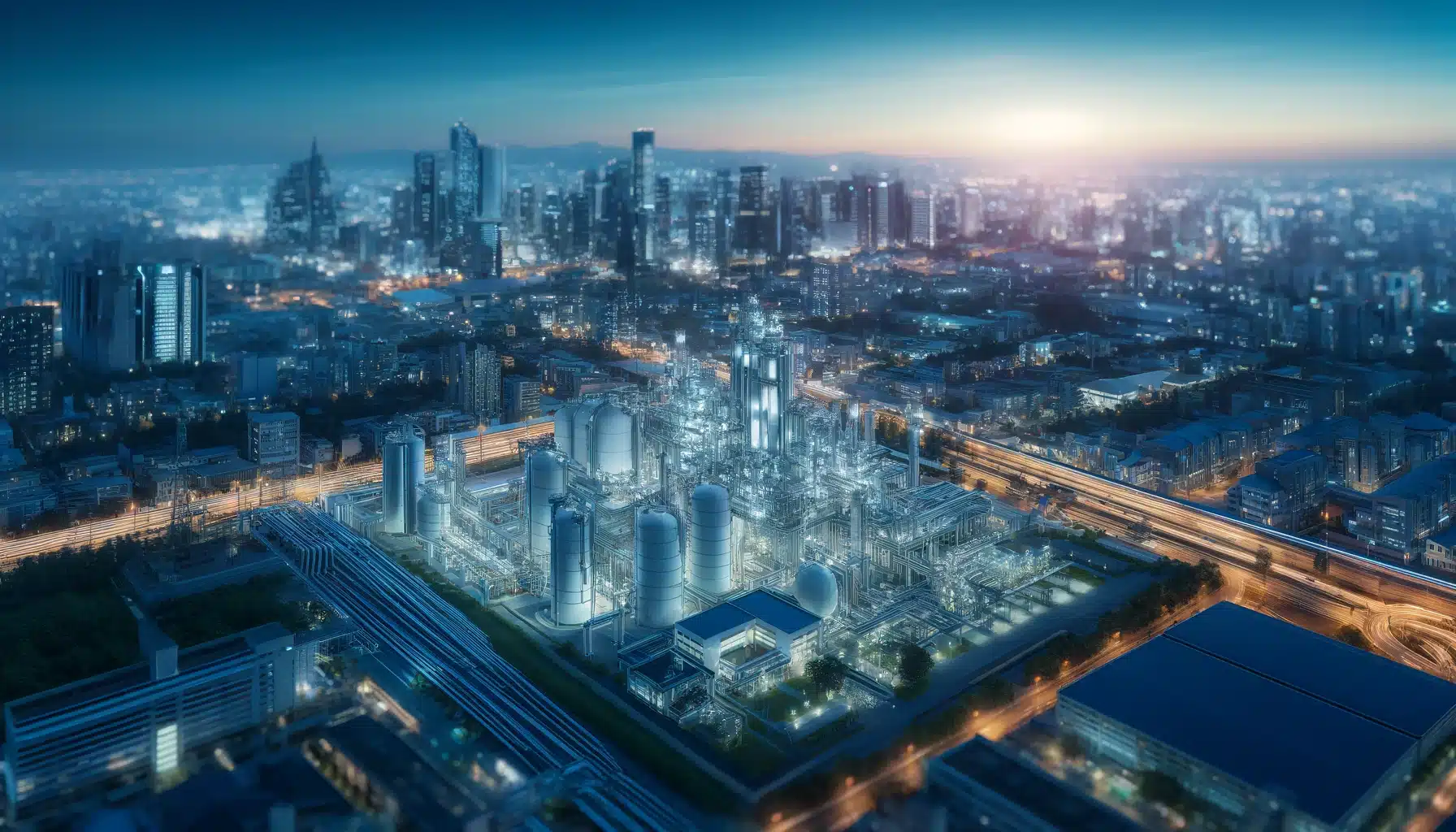
Infrastructure plays a crucial role in the development of any region, and intrastate pipelines are a key component of this infrastructure. These pipelines are essential for transporting various resources within a state, contributing to economic growth, energy security, and environmental sustainability. This article explores the significance of intrastate pipelines in bridging gaps in infrastructure for sustainable development.
The Importance of Intrastate Pipelines
Intrastate pipelines are pipelines that transport resources such as oil, natural gas, and water within a single state. These pipelines play a vital role in the development of the state's economy and infrastructure. Here are some key points highlighting the importance of intrastate pipelines:
1. Economic Growth
- Facilitate the transportation of resources to industries, supporting economic activities
- Create job opportunities in the construction and maintenance of pipelines
- Reduce transportation costs, making resources more accessible and affordable
2. Energy Security
- Ensure reliable supply of energy resources within the state
- Reduce dependence on external sources for energy needs
- Minimize disruptions in the supply chain, ensuring continuous availability of resources
3. Environmental Sustainability
- Offer a safer and more efficient mode of transporting resources compared to other means such as trucks or trains
- Minimize the environmental impact of resource transportation by reducing carbon emissions and the risk of spills
- Promote the use of cleaner energy sources by facilitating the distribution of natural gas and renewable energy
Challenges and Solutions
While intrastate pipelines offer numerous benefits, they also face challenges that need to be addressed to ensure their effective and sustainable operation. Here are some common challenges and potential solutions:
1. Regulatory Hurdles
- Complex regulatory processes for pipeline approval and construction
- Engage with relevant authorities and stakeholders to streamline regulatory procedures
- Ensure compliance with safety and environmental regulations to secure necessary permits
2. Public Opposition
- Concerns about the environmental impact and safety of pipelines
- Address public concerns through transparency, community engagement, and risk mitigation measures
- Educate the public about the benefits of intrastate pipelines and their role in sustainable development
3. Maintenance and Monitoring
- Regular maintenance is essential to ensure the integrity and safety of pipelines
- Implement advanced monitoring technologies to detect and prevent leaks or damages
- Invest in training and resources for pipeline maintenance staff to enhance operational efficiency
Future Prospects
The future of intrastate pipelines holds great potential for enhancing infrastructure development and promoting sustainable practices. Here are some trends and opportunities to look out for:
1. Expansion of Renewable Energy Pipelines
- Increasing focus on renewable energy sources such as solar and wind power
- Development of pipelines to transport biogas, hydrogen, and other sustainable fuels
- Promote the transition towards a greener energy infrastructure within states
2. Integration of Smart Technologies
- Adoption of IoT devices and sensors for real-time monitoring of pipeline operations
- Utilization of data analytics and AI for predictive maintenance and efficiency optimization
- Enhance the safety, reliability, and performance of intrastate pipelines through smart technology integration
3. Collaboration for Sustainable Development
- Partnerships between government, industry, and communities to promote sustainable infrastructure projects
- Investment in research and innovation to address environmental and social challenges of pipeline development
- Foster a collaborative approach towards achieving sustainable development goals through intrastate pipelines
In conclusion, intrastate pipelines play a critical role in bridging gaps in infrastructure for sustainable development. By addressing economic, energy, and environmental needs, these pipelines contribute to the growth and resilience of states while promoting a greener and more efficient energy landscape. With the right strategies and collaborations in place, intrastate pipelines can pave the way towards a more sustainable future for all.